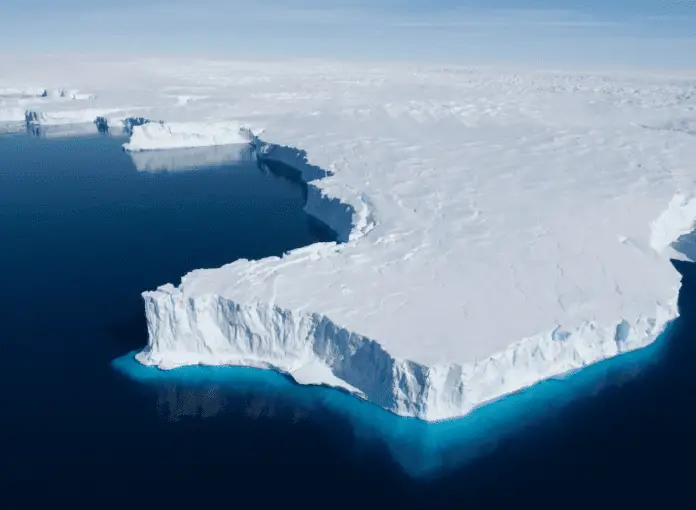Antarctica, being the southernmost continent, vast, deserted, and away from all the main continents, only adds up to its mysteries. This huge landmass of ice is not only uninhabited but is also illegal for any normal person to visit, except for research purposes, of course.
Antarctica has been left untouched for many years after its discovery due to its freezing cold and dry environment. It was not until the late 19th century expeditions were set up to explore this humongous continent of ice.
This continent is said to be devoid of wildlife except for a few species, most of which are found below the ice. Despite 80% of the world’s freshwater reserves being located here, it isn’t favourable as a habitable place for most living organisms. So researchers and scientists have set forward to uncover this chilling mystery.
What Is In Antarctica?

Simple, it’s just more ice, right? It is correct but not entirely true. So what did these researchers find down there? Giant aliens frozen in ice? More ice sheets and glaciers? Or just a colony of penguins and seals?
Well whatever it is, it’s quite unnerving.
What Is Under This Massive Chunk Of Ice?

Each year about 1000 scientists set out to Antarctica to perform their research, hoping to find answers. Besides other projects, this one captured the researchers. Researchers believe that there are over 400 lakes in Antarctica and the largest of them being lake Vostok.
Vostok was discovered near the Russian Polar Station, called the Vostok Station (which the lake was named after), located under the ice over 15,000 km wide in the area and 1,200 m deep. Researchers used a 2 ft, 60 cm wide drill to dig a borehole to get past the thick sheet of ice to measure the water pressure in the ice.
It wasn’t just the researchers, but everyone was astonished by the discovery. Below mentioned are some unbelievable analyses made with the lake and possible explanations for such existence.
- The air temperature measured above the surface was around -89°C while the water temperature in the lake doesn’t go above -3°C. And in the deeper ends of the lake, the water tended to get warmer to about 10°C. Scientists suspected it must be due to hydrothermal spring activity.
- Another inconceivable discovery was that researchers found a rich ecosystem under the ice. With over 3600 m of thick ice above the lake, it’s impossible for sunlight to break through the surface leading to the low organic carbon content. And the concentration of nitrogen and oxygen was found to be 50 times higher than any normal water body.
- This led to the discovery of never seen before organisms. Over 3500 species of living organisms were found in the lake. And even though most of it was ruled out, one specific bacteria called w123-10 seemed rather strange, with only 86% of its DNA identical to other living organisms on the planet. This bacteria was then believed to share a distant DNA of Hydrogenophilus thermoluteolus, which is also said to live in hot springs.
But how did this unknown bacteria end up in an ice lake? Well, it is believed its survival must be based on the hot springs in the lake beds, which are low in oxygen and high in carbon dioxide. And without sunlight, these organisms would have thrived, surviving on methane and ammonium present in the water.
This discovery led to the hypothesis that similar kinds of ice sheets in Mars and natural satellites such as Europa (Jupiter’s moon) and Enceladus (Saturn’s moon) could possibly pave the way to life forms.

- Another research using space sensors to scan the continent found that the landmass itself was unevenly distributed ice. The western side was less thick compared to the eastern side. The latter is also considered as a cemetery of remains of the ancient civilization of the supercontinent of Gondwana. And these enormous amounts of lakes were believed to be formed when Antarctica split from Gondwana.
- The further hypothesis claims that Antarctica itself must have been a tropical land for eons before it turned into this land of ice. There’s evidence of fossils that support the hypothesis, which could also provide us with answers for these underground exotic life forms.
This might not be the only mystery in Antarctica, given that we keep in mind that it is a vast continent, most of which is still unexplored.
Researchers are working hard every day to find out more clear answers as to what else is present under Antarctica’s ice. Besides these unknown bacterial phylotypes, researchers claim they need more samples to further research the lake’s inhabitants to get clearer results.
